The Tradition of Oosouji
Oosouji, which literally means “big cleaning” in Japanese, is a New Year’s tradition similar to a Western-style spring cleaning. People typically perform Oosouji around December 28th in preparation for the New Year.
The tradition involves cleaning areas of the home that people do not normally clean during their regular weekly or daily cleaning routines. This may include dusting under or behind furniture such as couches, stoves, and beds; washing windows, fans, and light fixtures; and sorting through old linens and clothes. Often, the entire household contributes to the cleaning effort.
The main reasons for doing an oosouji are twofold. First, it welcomes the New Year with a fresh, clean home. Second, it prepares the house to welcome the toshigami, the Shinto god, for the new year. The idea is that a clean environment is a way to start the new year fresh, without clutter, and to show respect for the incoming gods.
Oosouji in Schools
Oosouji is not only a household tradition, but also a tradition in many schools. Parents, students, and staff work together to clean and organize the school for the new year. Students also perform Oosouji at the end of each school semester so that the school is ready for the new semester when students and staff return. While cleaning in schools may not be as intensive as in homes, it typically takes more time to clean the school throughout the year than in the home.
Click here to find out about Japanese culture.

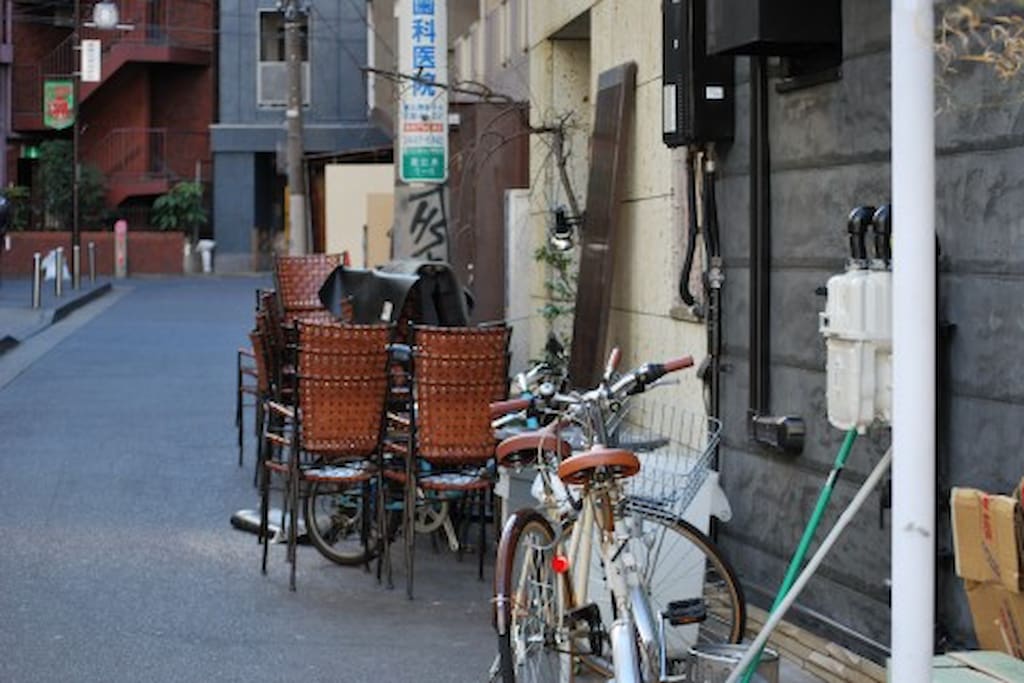
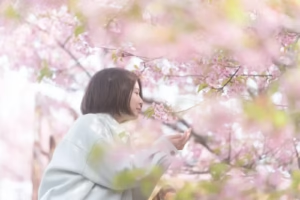
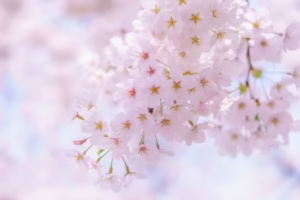

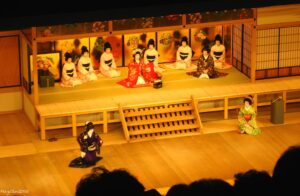



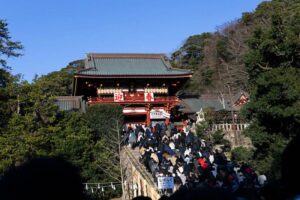
Comments